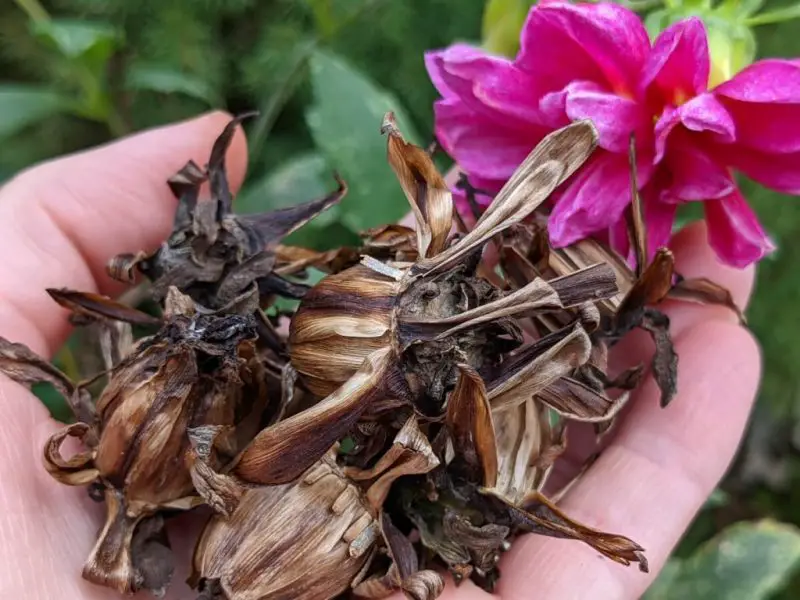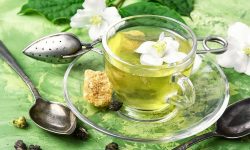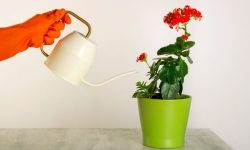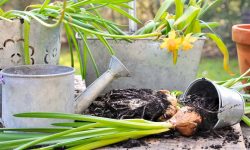Collecting seeds from your dahlia plants is an excellent way to preserve and propagate your favorite varieties year after year. Knowing how to collect dahlia seeds from plants properly ensures that you gather viable seeds that will grow into healthy, vibrant dahlias. This process involves understanding the lifecycle of dahlias, recognizing when the seeds are ready for collection, and following careful harvesting and storage techniques. With the right approach, you can enjoy expanding your dahlia garden naturally and economically.
Dahlias produce seeds after flowering, but collecting these seeds requires patience and attention. Many gardeners struggle with when and how to harvest seeds for the best results. In this comprehensive guide, you will learn all the essential steps, from seed development to drying and storing, helping you achieve a successful seed collection.
Whether you want to experiment with growing dahlias from seed or preserve specific hybrids, mastering how to collect dahlia seeds from plants gives you the freedom to cultivate a diverse and beautiful garden. This guide covers everything you need to know to get started with confidence.
Understanding Dahlia Seed Development

Before collecting seeds, it’s important to understand how dahlias produce them. Unlike tuber propagation, which clones the parent plant, seeds carry genetic variation, making the plants grown from seeds slightly different from the mother plant. Dahlias bloom into large, colorful flowers that, once pollinated, develop seed pods.
After pollination, the flower petals wilt and fall off, and the seed pod begins to mature at the base of the flower. The pods gradually dry and harden over several weeks. Inside, seeds develop from fertilized ovules. Seeds that are mature will have a hard outer shell, often dark brown or black.
Understanding this development process is essential because collecting seeds too early results in immature, non-viable seeds, while waiting too long may lead to seed loss if pods open and seeds drop.
Recognizing the Right Time to Collect Dahlia Seeds
Timing is crucial when collecting dahlia seeds from plants. The ideal time to harvest seeds is when the seed pods are fully mature but before they open naturally. Mature pods are dry, brown, and brittle to the touch. The seeds inside will be dark, hard, and glossy.
Checking your plants regularly as summer progresses and flowering ends helps catch the perfect window for harvesting. If you notice the pods turning brown and starting to crack open, it is time to act quickly to avoid losing the seeds to wind or animals.
Additionally, the seeds themselves should be easy to remove from the pod but not loose or falling out on their own. Collecting seeds at this stage guarantees the highest chance of successful germination.
Preparing to Collect Seeds from Dahlia Plants
Before harvesting seeds, prepare your workspace and tools. Find a clean, dry area with good airflow for seed processing and drying. Gather containers such as paper envelopes, small boxes, or glass jars to store seeds after collection.
Using gloves can protect your hands from sticky sap that sometimes exudes from seed pods or plants. Sharp scissors or pruning shears are useful for cutting seed heads from the plant without causing damage.
If you grow dahlias in an area frequented by birds or other wildlife, consider protecting seed pods with fine mesh bags or netting to prevent premature loss.
How to Collect Dahlia Seeds from Plants Step by Step
Begin the seed collection process by carefully cutting the mature seed pods from the dahlia plants. Use pruning shears to snip the pods, leaving a small portion of the stem attached to make handling easier.
Once harvested, place the pods in your prepared workspace. Gently open the pods by hand to reveal the seeds inside. Some pods may require careful cracking or squeezing to release the seeds. Be gentle to avoid damaging the seeds.
After extracting the seeds, inspect them for quality. Viable seeds are firm, smooth, and dark-colored, while immature or damaged seeds tend to be soft, shriveled, or light-colored. Discard any seeds that do not look healthy.
Drying and Cleaning Dahlia Seeds
Proper drying is an essential step to prevent mold and ensure seed longevity. Spread the seeds out on a clean, dry surface such as a paper towel, tray, or mesh screen. Avoid stacking seeds, as this traps moisture and increases the risk of rot.
Place the seeds in a warm, dry, and well-ventilated area away from direct sunlight, which can degrade seed quality. Depending on humidity levels, drying may take anywhere from several days to two weeks.
During the drying period, occasionally stir or turn the seeds to promote even air circulation. Once the seeds are thoroughly dry and feel crisp to the touch, they are ready for storage.
Cleaning seeds after drying involves removing any remaining pod fragments or plant debris. Use a fine mesh sieve or gently blow away light chaff. Clean seeds store better and reduce the chance of attracting pests.
Storing Dahlia Seeds for Future Planting
How you store your dahlia seeds influences their viability and longevity. Seeds should be kept in a cool, dry, and dark place to maintain their health. Paper envelopes, small glass jars with tight-fitting lids, or airtight containers work well for storage.
If you live in a humid climate, adding a desiccant packet or dry rice in the container can help absorb excess moisture. Label the containers clearly with the seed variety and collection date to keep track.
Stored properly, dahlia seeds remain viable for one to three years, although germination rates tend to decline over time. Using fresh seeds each season yields the best results.
Growing Dahlias from Collected Seeds
Once you have collected and stored your dahlia seeds, growing new plants from them is the next exciting step. Starting dahlias from seed requires patience, as seedlings may take several months to develop into blooming plants.
Sow seeds indoors in seed trays or small pots filled with well-draining seed-starting mix. Plant seeds about half an inch deep and keep the soil moist but not soggy. Provide warmth and light to encourage germination, which usually occurs within 7 to 14 days.
Transplant seedlings outdoors after the danger of frost has passed and plants have developed strong roots and multiple leaves. Expect the first blooms from seed-grown dahlias a bit later in the season compared to tuber-grown plants, but enjoy the unique variations that seeds often produce.
Common Challenges in Collecting Dahlia Seeds and How to Overcome Them
Collecting dahlia seeds can be rewarding but comes with some challenges. One common problem is seed loss due to wildlife such as birds or squirrels. Using protective netting or mesh bags helps safeguard the seed pods during maturation.
Another issue is mold or rot caused by insufficient drying or harvesting seeds too late after the pods open. Always monitor seed pod development closely and dry seeds thoroughly before storage.
Genetic variability in seed-grown dahlias means that plants may differ significantly from the parent. This is expected with seed propagation but might be undesirable if you want to maintain a specific flower type. For exact clones, tuber division is preferred.
By understanding these challenges and taking preventive steps, you can improve your success rate in collecting and growing dahlias from seed.
Advantages of Collecting Dahlia Seeds from Plants
Collecting dahlia seeds from plants opens up exciting possibilities for gardeners. It allows for creating new dahlia varieties through natural genetic variation. Seed saving also provides an economical way to grow more plants without purchasing new tubers every season.
Seeds are easier to store and transport compared to tubers, making seed collection a practical option for gardeners with limited space. Additionally, seed-grown dahlias often show greater vigor and adaptability.
Learning how to collect dahlia seeds from plants fosters a deeper connection with your garden and the natural lifecycle of plants, enriching your gardening experience.
FAQ About How to Collect Dahlia Seeds from Plants
When is the best time to collect dahlia seeds from plants?
The best time to collect dahlia seeds is when the seed pods are dry, brown, and brittle but before they split open naturally.
How do I know if dahlia seeds are mature enough to harvest?
Mature dahlia seeds are dark, hard, and glossy. The seed pods will be dry and may begin to crack but still hold the seeds securely.
Can I collect seeds from all dahlia varieties?
Yes, most dahlia varieties produce viable seeds, but seed-grown plants may differ from the parent due to genetic variation.
How should I store dahlia seeds after collecting them?
Store seeds in a cool, dry, and dark place inside labeled airtight containers or paper envelopes to maintain viability.
How long do dahlia seeds remain viable for planting?
Properly stored dahlia seeds can remain viable for up to three years, but germination rates decrease over time.
Conclusion
Learning how to collect dahlia seeds from plants successfully involves understanding the seed development process, recognizing the right harvesting time, and following careful drying and storage methods. By paying close attention to these details, gardeners can enjoy the satisfaction of growing new dahlias from seeds, experimenting with different varieties, and expanding their gardens sustainably.
With patience and proper technique, seed collection becomes a fulfilling part of dahlia cultivation, offering a continuous cycle of growth and beauty. This complete guide equips you with all the knowledge needed to start collecting, storing, and growing dahlia seeds with confidence.






